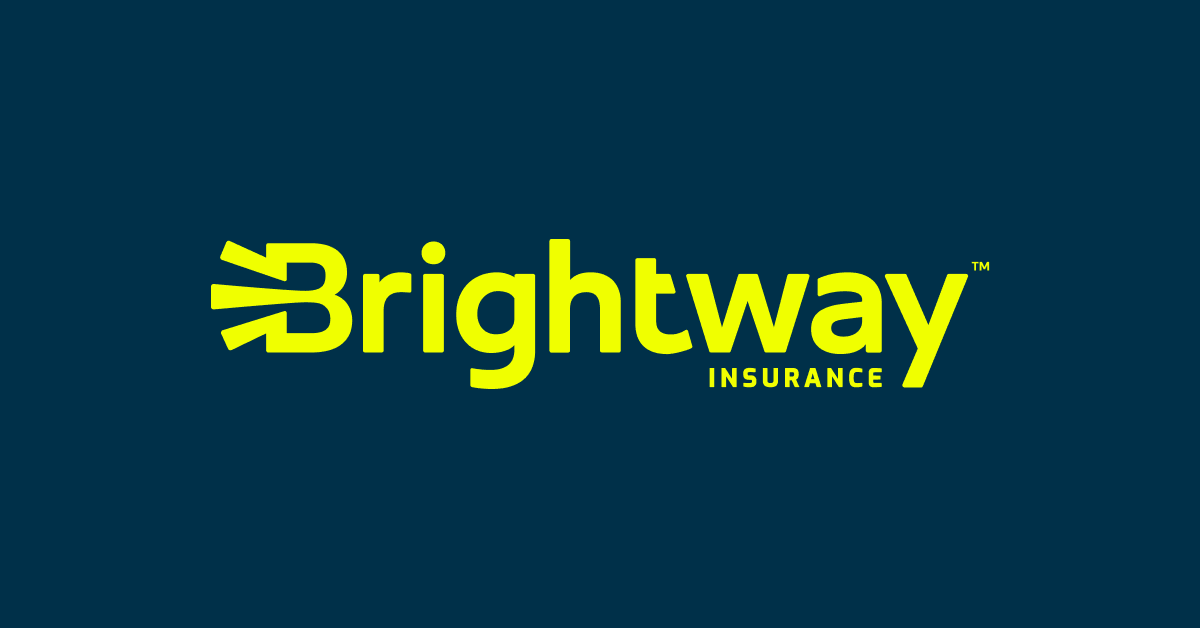
A Storm That Wasn’t Supposed to Matter to the Mountains — Until It Did
In Asheville, North Carolina (September 2024), the remnants of Hurricane Helene brought over 10 inches of rain in under 24 hours. Though downgraded from its tropical origins, the storm caused significant flash flooding, blocked roads, fallen trees, and power outages.
For many mountain residents, hurricanes aren’t a concern. But in the end, Helen inflicted unimaginable damage — and exposed costly gaps in insurance protection. Most homeowners only discovered too late what their policies didn’t cover.
The Hidden Costs That Surprise Most Homeowners
| Damage Type | Typical Cost | Covered by Homeowners? | Source |
|---|---|---|---|
| Basement flooding | $12,000 | ❌ Only with flood insurance | FEMA FloodSmart |
| Tree removal (not hitting home) | $1,500 | ❓ Carrier-dependent | HomeGuide |
| Hotel/meals during repair | $3,000 | ✅ With ALE coverage | Insurance.com |
| Spoiled food from outage | $2,500 | ❌ Needs equipment breakdown add-on | Forbes Advisor |
| Water through roof during storm | $6,000 | ✅ Often covered if accidental | Insurance Information Institute |
What Is ALE and Why It Matters
ALE stands for Additional Living Expenses. It helps pay for the extra cost of housing and daily life if a covered loss (like major roof damage or a fire) makes your home unlivable.
Covered items may include:
- Hotel stays or temporary rentals
- Restaurant meals
- Laundry and commuting expenses
ALE is one of the most important — but often overlooked — aspects of your homeowners policy. It typically comes with a limit (time- or dollar-based), so reviewing your specific coverage before storm season is essential.
Coverage Gaps You Can Prepare for Today
Events like Helene’s aftermath show why certain endorsements and supplemental coverages are crucial:
- Flood Insurance: Only available through FEMA (NFIP) or private insurers; not part of homeowners insurance. It is a separate policy.
- Sewer/Drain Backup Endorsements: For water damage from clogged systems or sump pump failure.
- Equipment Breakdown Protection: Covers damage from power surges, including spoiled food.
- Scheduled Personal Property: Protects high-value items (jewelry, art, etc.) from storm-related loss.
These extras typically add only a small amount to your premium but can save thousands in a storm scenario.
Comprehensive Auto Coverage: Don’t Forget Your Vehicle
Heavy rain doesn’t just damage homes. Vehicles are frequently:
- Submerged in flash floods
- Hit by fallen trees or debris
- Damaged by wind-driven projectiles
Only comprehensive auto insurance covers these storm-related events. If you only carry liability, you’ll pay for repairs or replacements yourself.
According to the Insurance Information Institute, average auto flood claims can exceed $5,000 — and new vehicles may be totaled entirely.
Understanding Moratoriums and Deductibles Before the Next Storm
One key takeaway from events like Helene is that you can’t change your policy once a storm is close. Most carriers issue a binding moratorium once a storm is named or forecasted to affect your area. That means:
- No adding new coverages (ALE, equipment breakdown if you don’t have it already)
- No increasing limits or reducing deductibles
- No changing insurers
- No binding of new policies like flood
It’s also important to understand that many policies — especially in hurricane-prone states — may have a named storm or windstorm deductible, which is separate from your standard deductible. This usually applies automatically and is calculated as a percentage of your home’s value (e.g., 2–5%).
It’s not something you add — it’s something you need to be aware of.
A Tale of Two Homeowners
Consider this scenario:
- Neighbor A had flood insurance and equipment breakdown protection. Their deductible was $1,500, and they were reimbursed for basement repairs and food loss.
- Neighbor B had only standard homeowners coverage. No flood protection. No ALE. Their out-of-pocket cost topped $18,000.
These aren’t rare cases — they’re common, especially in areas where people assume they’re “safe.”
FAQs: What You Should Know Before It Rains
Q: What’s the difference between storm damage and flood damage?
A: Storm damage typically involves wind, hail, or debris. Flood damage refers to rising water or water entering the home from outside. Most homeowners policies exclude flood damage.
Q: Can I add endorsements at any time?
A: Yes — but not when a storm is nearby. Most changes must be made before hurricane season begins or well in advance of an incoming weather system.
Q: I have a new home — do I really need extra coverage?
A: New homes often have great discounts for wind-mitigation but still face flood, power outage, and wind risk. In fact, newer homes often contain high-end electronics and smart systems vulnerable to storm impacts.
Q: Is Brightway my insurance company?
A: No. Brightway is your insurance agent. We help you compare carriers, choose coverage, and answer policy service questions — but your carrier handles any claims.
Brightway’s Role in Your Storm Strategy
Brightway helps you prepare before the storm — not process claims after. We:
- Review your existing coverage and uncover gaps
- Compare optional add-ons like ALE, flood, or equipment protection
- Help you understand what your policy really covers
Already a Brightway customer? Log into myBrightway for policy info or service support.
New to Brightway? Find a local agent who can help you get storm-ready today. Because when the rain starts, it’s already too late to update your policy.